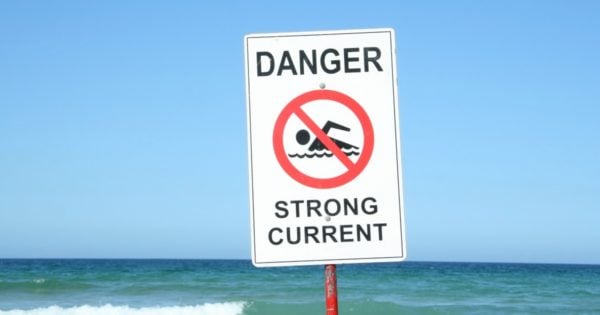In the space of just 48 hours, seven people have drowned in NSW.
The most recent death is that of a 57-year-old Grafton man who drowned while trying to save the lives of two girls at Wooli Beach, on the north coast of NSW.
He had been sitting on the beach with family when he noticed the swimmers, outside the flagged area, in distress. Without hesitation, he entered the water in an attempt to rescue them. It was later discovered they had been caught in a rip.
Paramedics and SLSNSW performed CPR for 50 minutes, but the man died at the scene.
Sad news at Wooli today with a male swimmer unable to be revived despite best efforts of lifeguards. Read more here https://t.co/D5WEvSInSM
— Surf Life Saving NSW (@slsnsw) December 26, 2016



Top Comments
My sister got caught in one. She floated and her friend got help. A surfer on the beach went out and rescued her.
Thank you- this is important information!